Who is Jeremy Corbyn? Labour leader's early life, career, policies and controversies explained
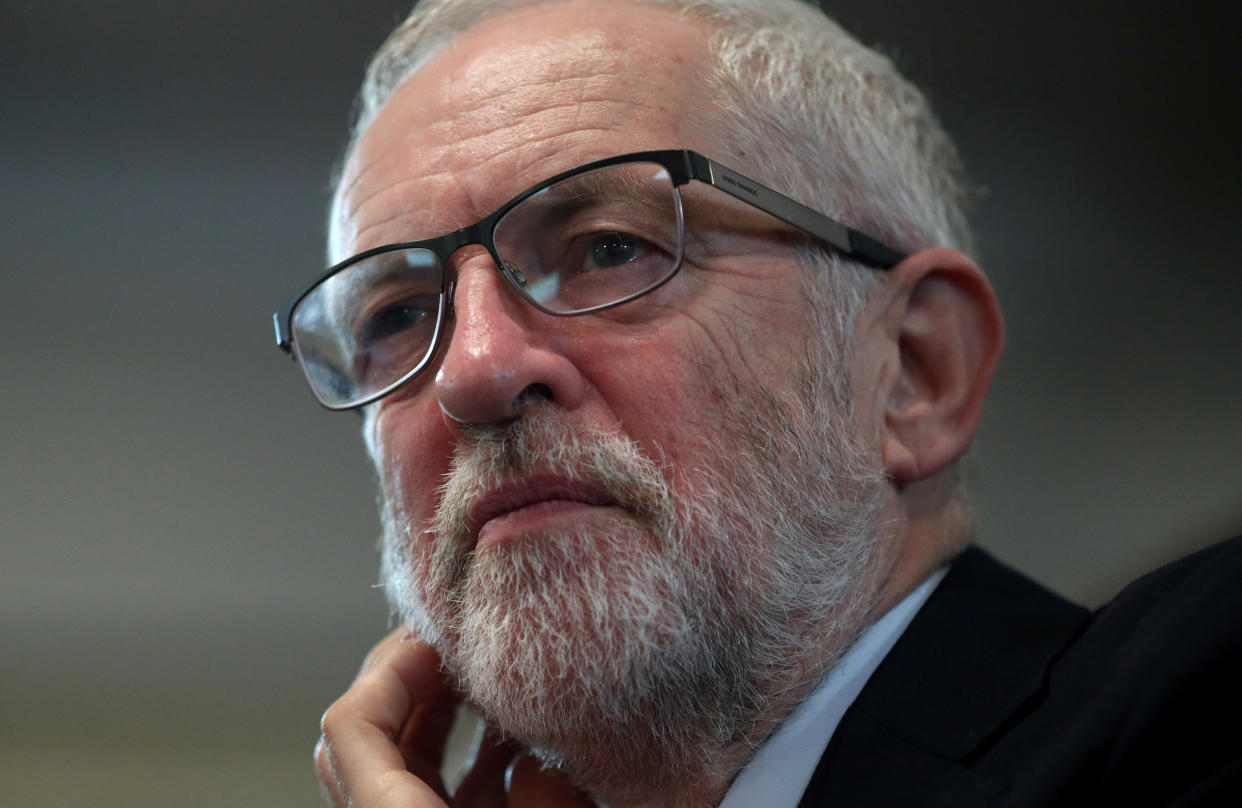
Jeremy Corbyn has been an MP since 1983 and couldn’t be more different from Tory counterpart Boris Johnson, but the Labour leader says he’s the best person to lead the country.
But who is the veteran socialist who spent 30 years on the back benches?
Early life
Jeremy Corbyn was born in Chippenham, Wiltshire and spent his early years in the village of Kington St Michael.
The youngest of four boys, he apparently described the area he grew up in as a rural "Tory shire".
When he was seven, the family moved to Shropshire, where his father bought a 17th-century country house that was once part of the Duke of Sutherland’s Lilleshall estate.
Corbyn attended an independent prep school in Shropshire before going to a grammar school in Newport.
He left school at 18 and went on to work briefly as a reporter for a local newspaper, then spent two years doing voluntary service overseas in Jamaica before travelling through Latin America.
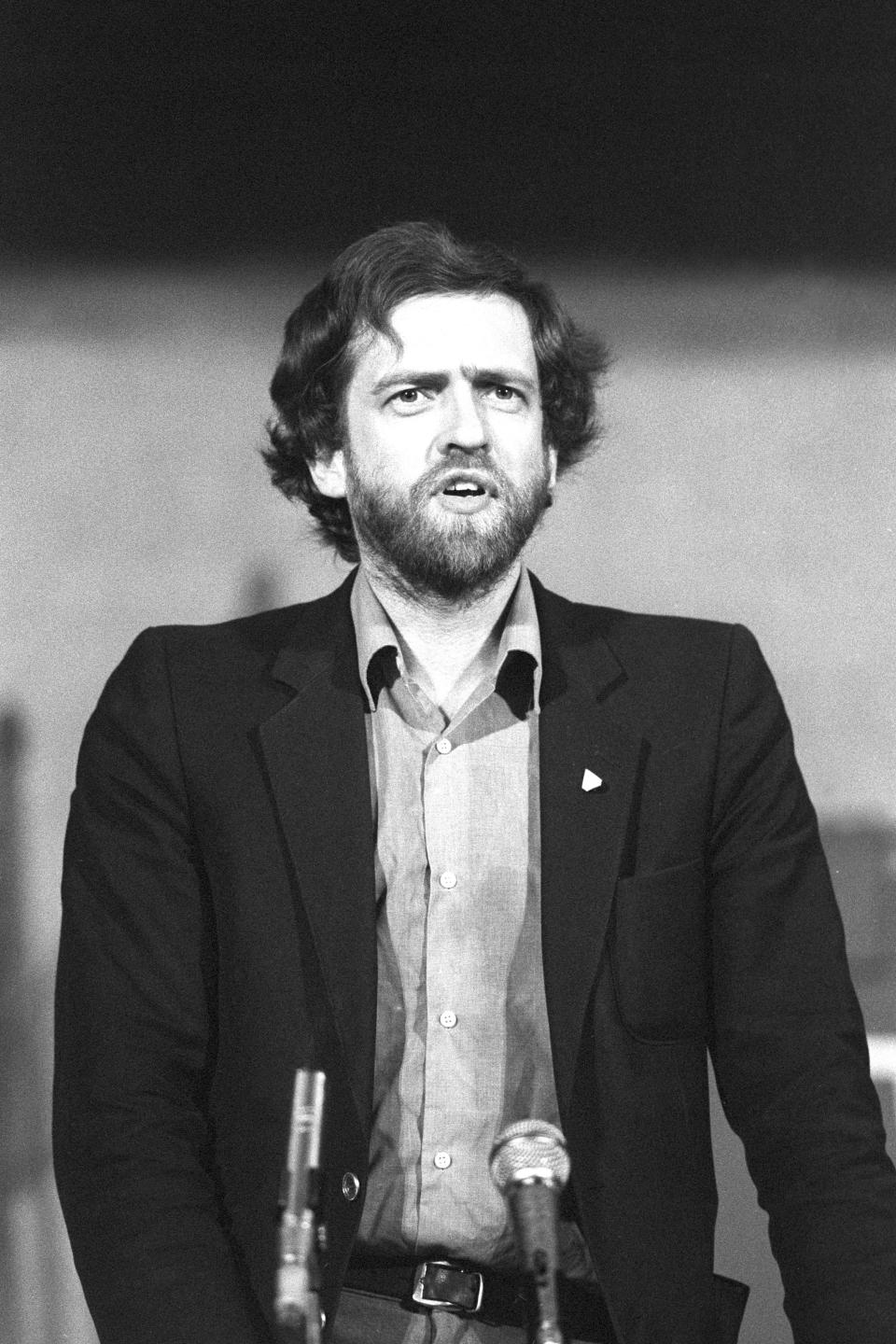
Political career
Jeremy Corbyn was still at school when he became active in a local socialist group and his local Labour Party.
He joined the Labour Party at the age of 16 and also joined the Campaign for Nuclear Disarmament (CND) in 1966.
After his travels in Latin America, when he returned to the UK in 1971 he worked as a union officer and went on to work as a trade union organiser for the National Union of Public Employees and Amalgamated Engineering and Electrical Union.
In 1974, at the aged of 24, he was elected to Haringey Council in north London and remained a councillor until 1983.
He became an MP in 1983 after winning the safe Labour seat of Islington North.
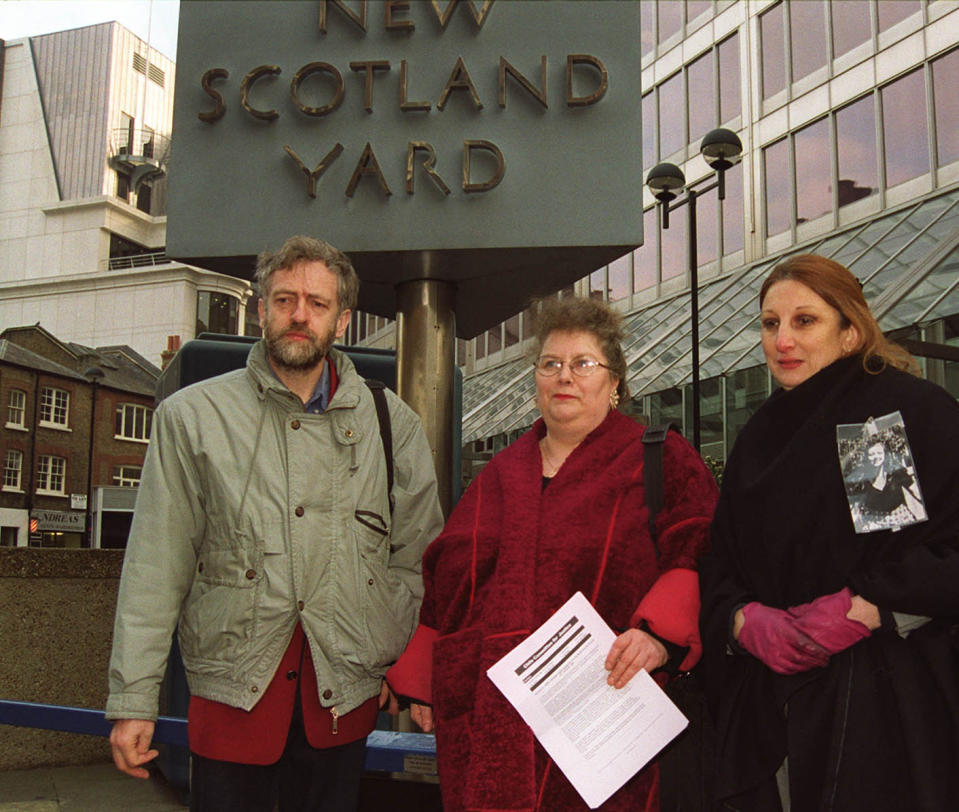
For the next three decades he sat on the backbenches, backing left-wing causes and often rebelling against the leadership in votes.
Labour leadership
After 30 years on the backbenches, Jeremy Corbyn was elected Labour leader in September 2015 at the age of 66.
He started the contest as an outsider with nobody expecting him to win, but his entry sparked a surge in membership of the party with many joining just so they could take advantage of new rules that allowed them an equal say in who the party leader was.
He came under fire at the time of the EU referendum - accused of not being clear enough on Brexit and faced a backlash from critics who wanted to see him ousted.
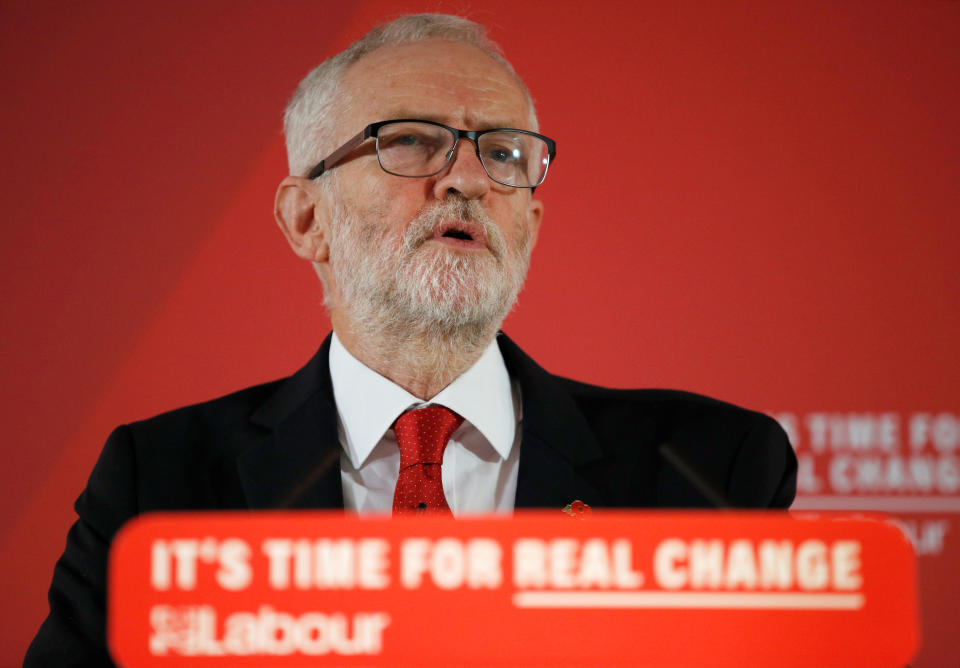
He found himself the victim of a vote of no confidence but refused to step down and battled a second leadership election in which his popularity shone through again.
In 2017 he could have blocked Theresa May’s early general election but instead fought it.
Despite many fears that Labour would be decimated, the party made a net gain of 30 seats, increasing their vote share by 9.6% - the largest in a single general election since 1945.
Mr Corbyn now faces another battle and will be hoping to repeat the result - preventing Boris Johnson’s Conservatives from gaining a huge majority.
Corbyn’s personal life
Jeremy Corbyn married Jane Chapman, a fellow Labour councillor and university lecturer, in 1974.
In later interviews she said while she admired his honesty and principles, she struggled with his intense focus on politics, telling the Mail on Sunday: “Politics became our life.”
Their marriage ended and in 1987 Mr Corbyn married Claudia Bracchita, with whom he had three sons.
The couple separated in 1999, but remained on good terms.
Mr Corbyn got married for a third time in 2012 to Mexican human rights lawyer Laura Alvarez.
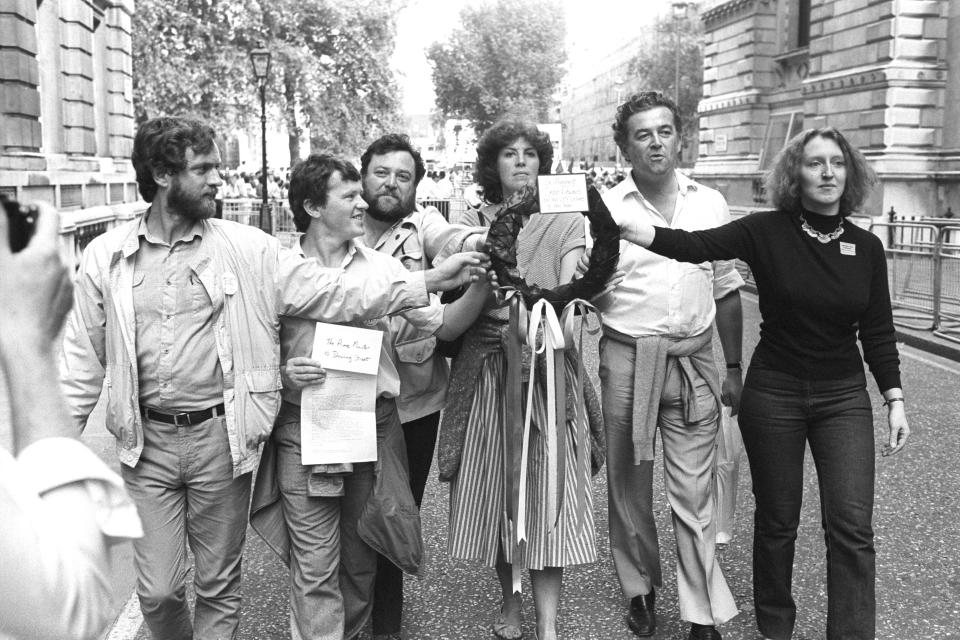
Key policies
Over the years, Jeremy Corbyn has championed several major issues - often rebelling against his own party.
They include nuclear disarmament, anti-apartheid and animal rights.
He organised Sinn Fein leader Gerry Adams's visit to the Commons in 1983 and in 1985 invited striking miners into the House of Commons gallery.
Mr Corbyn is a member of the Palestine Solidarity Campaign. He also campaigns regularly against the conflict in Gaza and chaired the Stop the War coalition against the Iraq War.
He’s also a public advocate for lesbian, gay, bisexual and transgender rights.
As part of his 2019 election campaign, he has vowed to "transform" Britain by taking on "the few who run a corrupt system", promising to "rebuild" public services and hit out at "tax dodgers, dodgy landlords, bad bosses and big polluters".
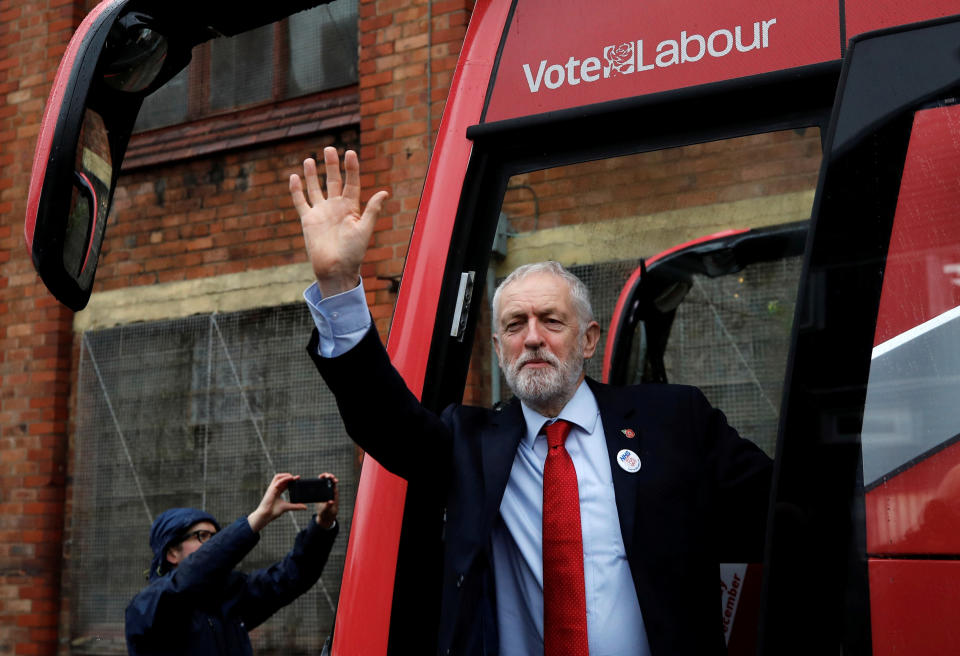
Controversy
Jeremy Corbyn’s left-wing views have brought plenty of criticism to his door and his time as Labour leader has seen several controversial moments.
Just three days after being elected leader in 2015, Mr Corbyn hit the headlines after refusing to sing the National Anthem at a Second World War commemoration event.
He also sparked criticism after saying he would "never" push the nuclear button if elected Prime Minister, causing "great concern" to Chief of Defence Staff Nicholas Houghton, saying his stance undermined the whole point of a nuclear deterrent.
His failure to deal with the anti-semitism crisis in the Labour Party has caused ongoing problems for Mr Corbyn, who himself sparked anger through his own apparent attitude to the issue, including a comparison between Israel and "so-called Islamic states".
And in 2016, Mr Corbyn - who wants to re-nationalise the railways - recorded a video on the floor of a Virgin Train, saying there were no seats.
But the train company released CCTV footage apparently showing Mr Corbyn walking past several unoccupied seats before setting up camp on the floor in what was later branded ‘traingate’.

 Yahoo News
Yahoo News 

